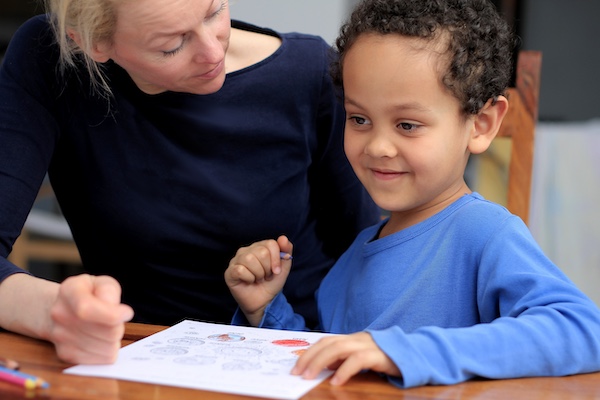A major study published in Nature Genetics has found that autism isn’t a single condition, but comprises at least four biologically distinct subtypes—each with its own genetic footprints, developmental patterns, and support needs. Understanding these profiles can help you better support your child’s unique journey.
About the Study
Researchers from Princeton University, the Simons Foundation, and the SPARK cohort analyzed data from over 5,000 children with autism, examining 230+ behavioral and developmental traits alongside genetic information. Their findings were reported in top outlets like Reuters, Axios, and Scientific American:
Recent Posts
- Navigating the Holidays with Your Autistic Child: A Guide for Parents
- Essential Reading for Parents of Autistic Children: A Verified Guide
- Real Families, Real Results: Why AG Behavioral Services Is Transforming Lives Through ABA Therapy
- Understanding Autism in 2025: New Data Reveals Rising Prevalence and Changing Demographics
- “Respond and Expand”: A Simple Way to Boost Communication in Children with Autism
The Four Autism Subtypes
Here’s a summary of each subtype, including prevalence and potential focus areas for families:
- Social and Behavioral Challenges (about 37%)
Children in this group show typical developmental milestones but significant struggles with social interaction and repetitive behaviors. Many have co-occurring conditions like ADHD, anxiety, or OCD.
Support strategies may include social skills training, structured routines, and behavioral therapy. - Mixed ASD with Developmental Delay (about 19%) These children may show delays in speech or motor skills but fewer psychiatric symptoms. This subtype is often linked to inherited genetic variants.
Early intervention, especially in communication and movement, may be most helpful.
3. Moderate Challenges (about 34%)
Children in this group have milder core autism traits and reach developmental milestones on time. They may require standard therapies but often need less intensive support overall.
Supports could include part-time speech or social therapy.
4. Broadly Affected (about 10%)
This group experiences delays across many areas, including cognition, motor skills, and behavior. Many carry spontaneous (de novo) genetic mutations.
These children typically need multidisciplinary support—speech, occupational therapy, behavioral health, and possibly medical/genetic care.
Why This Matters for Parents
This study reinforces what many parents already know: no two autistic children are alike. Understanding your child’s subtype may help with:
- Choosing the most effective therapies
- Developing a more tailored IEP
- Advocating for services based on developmental profile
- Predicting likely areas of growth or challenge
It’s a major step forward in the movement toward precision autism care—personalized approaches that recognize each child’s unique neurological profile.
What You Can Do Now
- Talk with your child’s pediatrician or specialist about their developmental and behavioral profile.
- Consider genetic testing if recommended, especially if delays are present across multiple areas.
- Track therapy responses and developmental changes to share with your child’s support team.
- Stay informed with trusted research sources:
- UCSD Autism Center of Excellence
- Spectrum News
- Autism Speaks: Science News
Conclusion
The discovery of autism subtypes marks a turning point in how researchers and clinicians approach autism. For parents, it offers a framework to better understand your child and advocate for their needs with greater confidence.
As this research continues to evolve, it brings us closer to a future where every autistic child receives the personalized care they deserve.
AGBS provides ongoing care for children, adolescents, and young adults with autism to improve the quality of their lives. If you would like learn more about how AGBS can help please contact us here , or call 908-913-0443.




